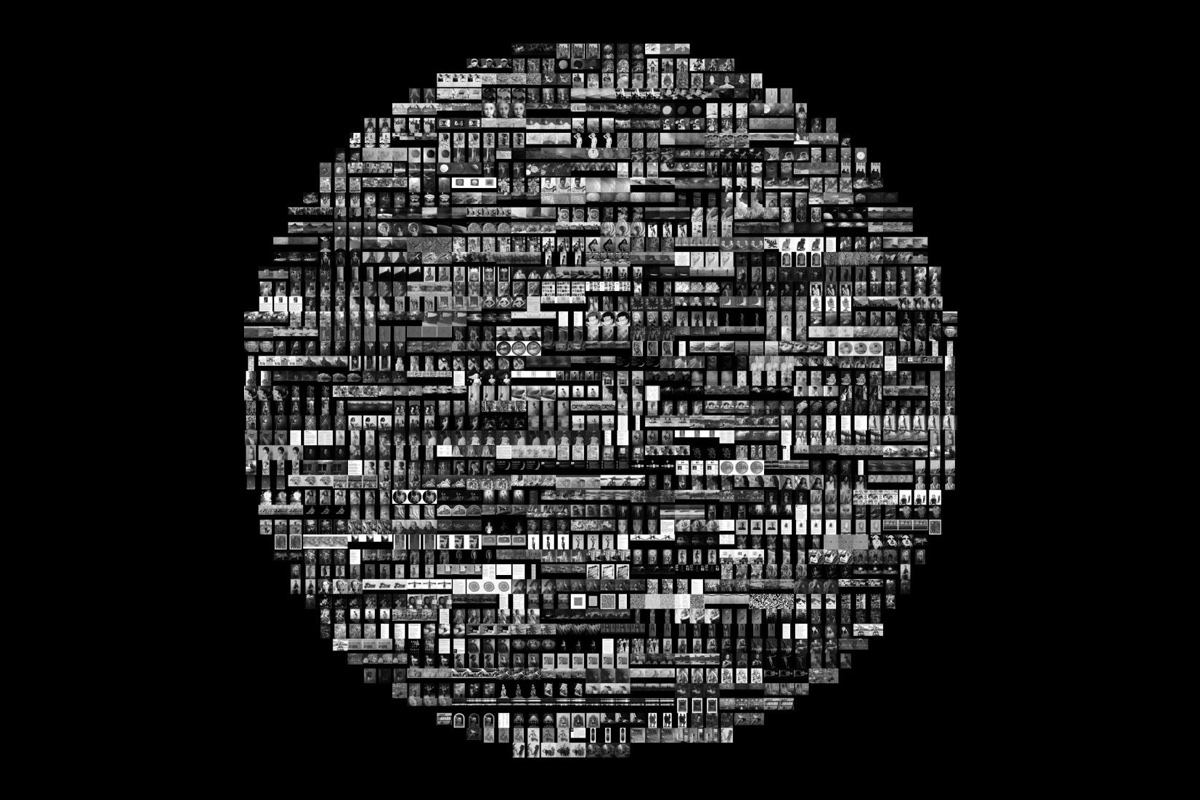
The Moon, once seen as the ultimate frontier for space exploration, is now set to become a canvas for human creativity. A remarkable initiative named the Lunar Codex is on a mission to deliver a treasure trove of art, poems, films, songs, and cultural expressions to the lunar surface. These priceless works are intended to be preserved for generations to come.
A Cosmic Celebration of Humanity
At the helm of this global endeavor stands Samuel Peralta, a Canadian physicist and art enthusiast. The Lunar Codex isn’t just about sending artifacts to the Moon; it’s a tribute to the unwavering spirit of humankind in the face of adversities like war, pandemics, and economic turbulence.
As per a recent report, the project has united over 30,000 artists, writers, filmmakers, and musicians from a staggering 157 countries. The assortment of works is as diverse as humanity itself – ranging from a Lego portrait to soil prints from Ukraine and a collection of poetry spanning every corner of the Earth. These pieces are being meticulously digitized and stored using innovative technologies.
The Lunar Codex’s offerings are arranged into four distinct capsules, each with a unique lunar destination. The inaugural capsule, christened the Orion collection, has already circumnavigated the Moon aboard NASA’s Artemis 1 mission. The remaining capsules will be transported by lunar landers to specific sites on the Moon, facilitated by the Commercial Lunar Payload Service (CLPS) partners.
Journey through Time and Space
Though not the first of its kind, the Lunar Codex boasts a level of diversity and inclusivity unseen in prior lunar art projects. From the Apollo 12 mission’s ceramic tile adorned with artwork by Andy Warhol to the Apollo 15 crew’s aluminum sculpture by Paul van Hoeydonck, these previous endeavors laid the foundation. However, the Lunar Codex takes this to new heights by showcasing both established and emerging artists with distinct backgrounds and talents. The Lunar Codex’s offerings are categorized into four collections, each aligned with a specific lunar mission. The Orion Collection, having already made its lunar journey, includes a flash drive with content to be archived in later missions. The Peregrine Collection is poised for Astrobotic’s 2024 mission. The Nova Collection, heading for NASA’s 2025 mission, is followed by the Polaris Collection, scheduled for Astrobotic’s 2026 mission.
Merging Analog and Digital Mastery
Behind the scenes, the Lunar Codex employs a harmonious blend of analog and digital technologies to preserve a myriad of cultural treasures. Analog champion NanoFiche plays a significant role, with its durability and efficiency in storing diverse content. On the other hand, digital technology’s prowess in data storage and weight efficiency finds its place in the project’s essence.
The Lunar Codex’s technical ingenuity is best exemplified by the Griffin Mission 1 (GM1). This innovative approach involves stacking analog and digital components to optimize storage capacity and ensure the content’s enduring preservation. Within MoonBox capsules, a harmonious amalgamation of these technologies marks both a testament to human innovation and a signpost for future lunar explorers.
In the vast expanse of space, the Lunar Codex stands as a beacon of human culture and creativity. With its diverse array of artistic expressions and cutting-edge preservation methods, it marks not only an artistic endeavor but a testament to our boundless spirit of exploration and ingenuity.



